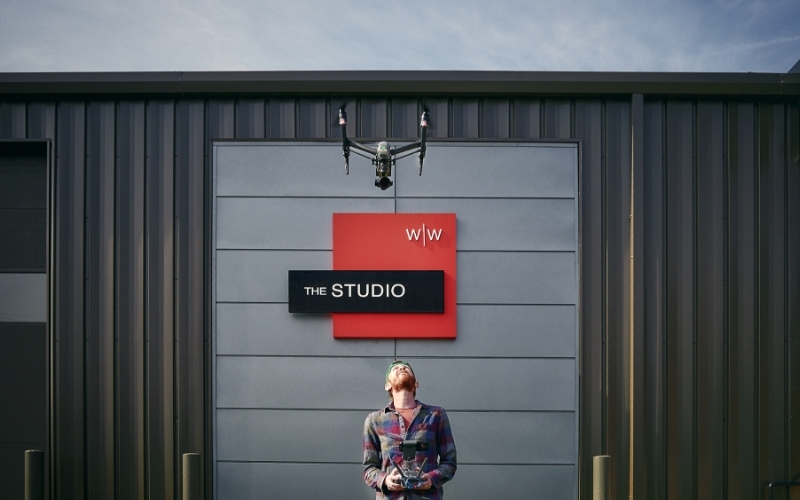Photography
The history of photography can be traced back thousands of years to the ancient Greeks and Chinese. Of course, things have changed a lot since then.
From the discovery of optic laws in Aristotle's time to the birth of true digital cameras a quarter-century ago, photography has an illustrious history. And while humans have always been storytellers, revolutionary changes in photography are reshaping the way we share stories.
Convenience and Quality
Early cameras were huge! In fact, the 35-millimeter camera grew out of the need for a small camera that could produce quality enlargements. But even high-end digital cameras were difficult to handle when they first came out, because they required large lenses or power packs for lighting. Today's cameras are more mobile, providing photographers with the flexibility to shoot a variety of perspectives simultaneously. Can you imagine trying to get the perfect shot of a runner with an older camera? Good luck lugging that 100-pound behemoth! Often, the only thing you would get is a good workout.
Photography and Video
Still cameras available today also are changing how we shoot video—and that, in turn, is changing how we shoot still photography. When makers of high-end still cameras began incorporating motion, what was previously a costly investment for still photos became an economical way to capture excellent video footage. Today, the Wray Ward video team primarily uses DSLR cameras to shoot video; these cameras shoot brilliant HD video while providing the director with the ability to change lenses (and the viewer's experience) on the fly. Because these cameras are portable, we're also able to fly under the radar and move quickly to capture unexpected moments.
Capturing Real Moments
Truth is always stranger than fiction, and overproduction can often overshadow the magic. More and more, we strive to give our clients authenticity—real moments that don't feel manufactured or staged. We want people to stop and say, "What's going on here?"
Photography is about capturing a moment—one/250th of a second in time that will never be repeated—and telling that story. The magic and the authenticity of a moment can be more powerful than any other aspect of photography. Luckily for us, modern lens technology that uses available light more efficiently allows us to capture more of these moments, even letting us shoot video and photography simultaneously on multiple cameras.
When Technology Goes Too Far
It's possible to get too focused on technology; lots of photos hide behind tricks and gimmicks. It's easy to apply an Instagram filter to a photo, and with deep pockets, anyone can get their hands on a high-end camera stocked with bells and whistles. But composition and capturing the moment are still the most difficult aspects to achieve. These are the better marks of a true work of art, and they're the ones that have the deepest impact.
It's a great time for photography, and I'm excited to see where things will go from here.
How is your brand using photography—including still photography and video? Let us know in the comments below.


